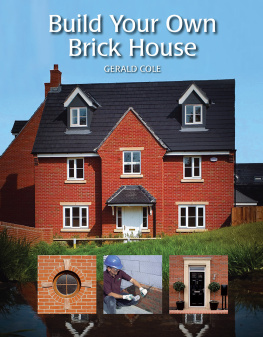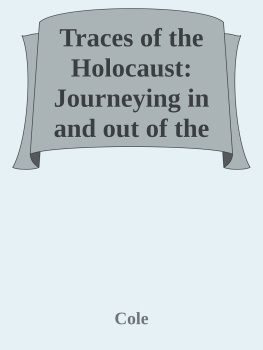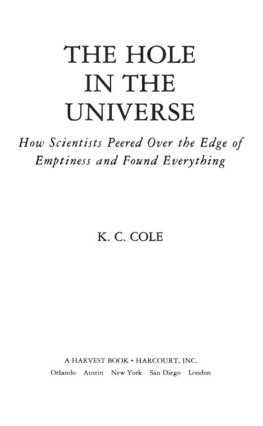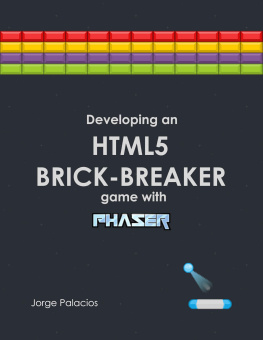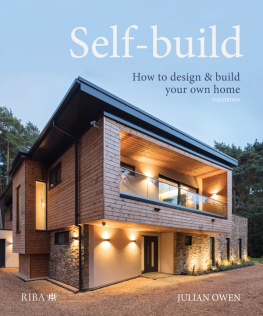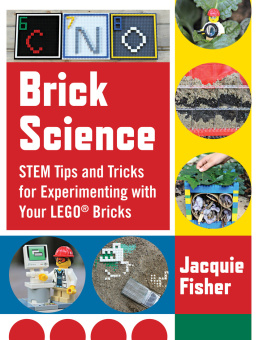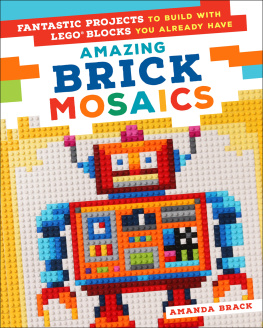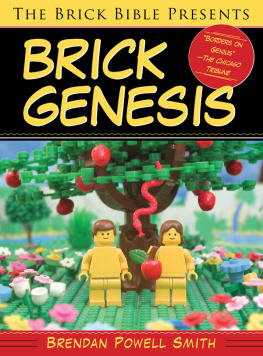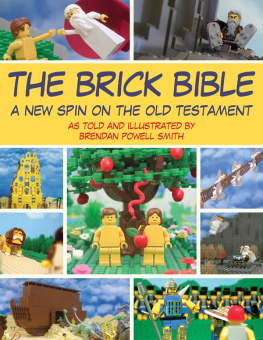Acknowledgements
Its only when you are asked to write book on a subject on which you believe yourself to be knowledgeable that you discover how little you actually know. Grovelling thanks are due to the following, in particular, for their generosity, expertise and encouragement.
Bob Harris, MCIOB, 2006 Master Builder of the Year, lecturer on ecological building, building consultant and passionate advocate of high thermal mass construction. You can gain a flavour of Bobs philosophy and achievements at www.earthdomes.co.uk.
Andrew Pinchin, architect, serial self-builder and brick aficionado, whose elegant designs and imaginative use of brickwork have embellished south-west London for many years. Andrews expertise is currently available through the advice pages of SelfBuild & Design magazine.
Norman Stephens, master bricklayer, builder, perfectionist and lecturer on bricklaying skills.
Thanks are also due to Hanson, Ibstoc and Wienerberger, the UKs leading brick manufacturers, who provided both advice and numerous images of brick homes and brickwork, and to Sketch3D (www.sketch3D.co.uk) for images in Chapters 10, 11 and 17.
Photographs and diagrams contributed by other companies and individuals are credited in context.
CHAPTER 1 Why Build in Brick?
Walk down virtually any modern British street and you walk down an avenue of brick. Brick is Britains most ubiquitous and most conspicuous building material for new homes. Even if the internal structure is timber or steel frame, chances are the outside walls will be brickwork. Thats partly because the great majority of local planning authorities prefer it that way, partly because mortgage lenders and insurers grow irrationally nervous at any hint of non-standard construction, but mainly because thats the way we like it.
We may coo appreciatively over the picturesque clapboard of Essex coastal cottages or the organic curves of Devonshire cob houses, but when it comes to putting down roots, most of us opt for bricks and mortar. Its easy to see why bricks have a solidity and a permanence matched only by concrete or stone; but stone is largely confined to areas where it occurs naturally, while concrete smacks of public works and wartime bunkers, and its appearance is not enhanced with age.
Ageing is what brick does particularly well. Over the years its colours mellow and improve, yet it needs no regular maintenance. Its strength provides exceptional protection against wind, rain, snow and flood. Its density enables it to retain the heat of the day or the cool of the night, evening out internal temperature variations. It also provides excellent sound insulation and protection against fire.

This selfbuild, from Wimbledonbased architects Andrew Pinchin Associates, combines elements of brickwork and clay tile to create a style thats both modern and wholly traditional.
Despite all these qualities, however, brick remains breathable. Unlike timber-frame construction bricks main rival the structure of the house is not contained within an air-tight, plastic vapour barrier, designed to prevent water vapour from penetrating the timber and causing it to rot. Moisture passes through brickwork, albeit slowly, contributing to a naturally comfortable and healthy interior atmosphere.
More significantly for the builder, brick is one of the easiest of building materials to use and the most forgiving. The size of individual bricks is small compared to that of an entire home. As a result, variations from plumb that would prove disastrous for a precisely calculated timber- or steel-frame building can be compensated for with relative ease.
But its in the look and the feel of brick where its appeal is greatest. Bricks can range in colour from bright yellow to red to dark blue, with every variation in between sometimes within the same brick. Yet combinations of even the plainest and most common varieties can create striking effects out of all proportion to the costs involved.
Bricks can also range in texture from silky smooth to the roughness of naked rock and here, perhaps, is where their appeal is most basic. Brick, in essence, is the clay at our feet turned to stone, the artificial acceleration of a process that occurs naturally over millions of years.
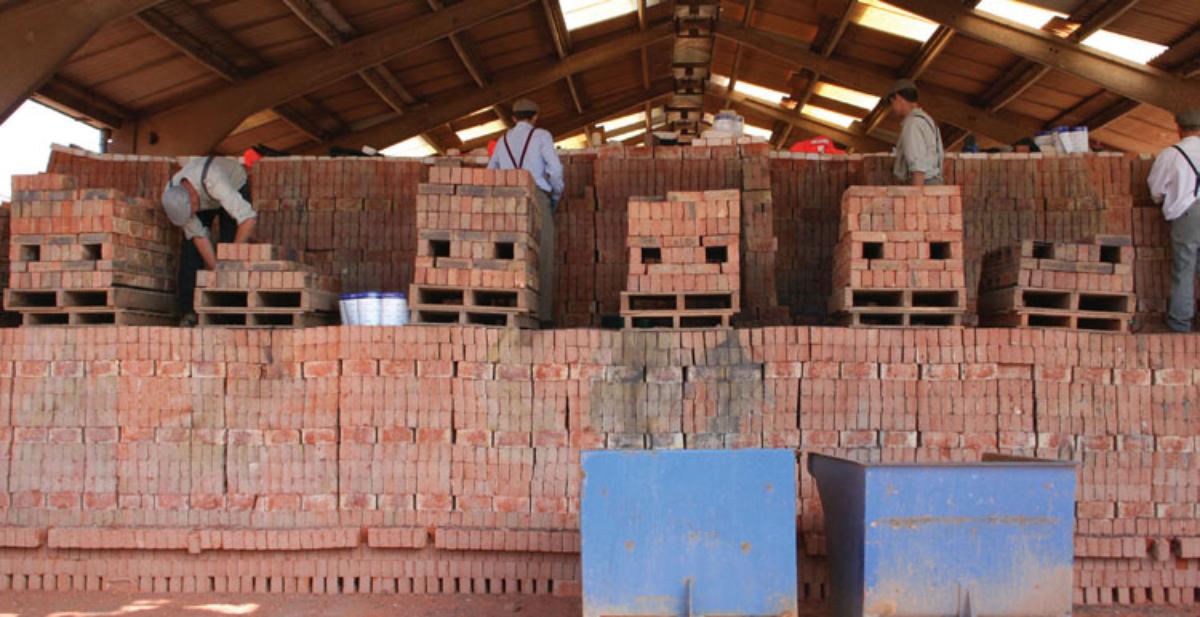
Traditional clamp fired brick-making at Ibstocks Chailey Brickworks in the Sussex Weald, where local clays have been used since 1711.
Today most brick-making is concentrated among a small number of large manufacturers whose products are used countrywide. But less than a century ago, Britain was dotted with much smaller, brickworks using locally available clays to make bricks for local building. They produced the hard red, blue and yellow bricks of the South Wales valleys, the cream and light red bricks of Nottinghamshire and Leicestershire, and the grey and yellow bricks of London stocks. Homes built with these materials were rooted in the landscape from which they sprung. They expressed its colours and its texture, its unique character. If youre planning a home that will look and feel right for its location, that promises stability and permanence, is low maintenance and economical to build, brick is hard to beat.
Why Build Your Own Home?
Perhaps a more relevant question is: why not? That would certainly be the response of would-be homeowners in other European countries, as well as Australia, Japan, Canada and the United States. In Germany, for example, a common wedding gift for a son or daughter is a serviced building plot, one of a number set aside periodically by local authorities for individual home-builders.
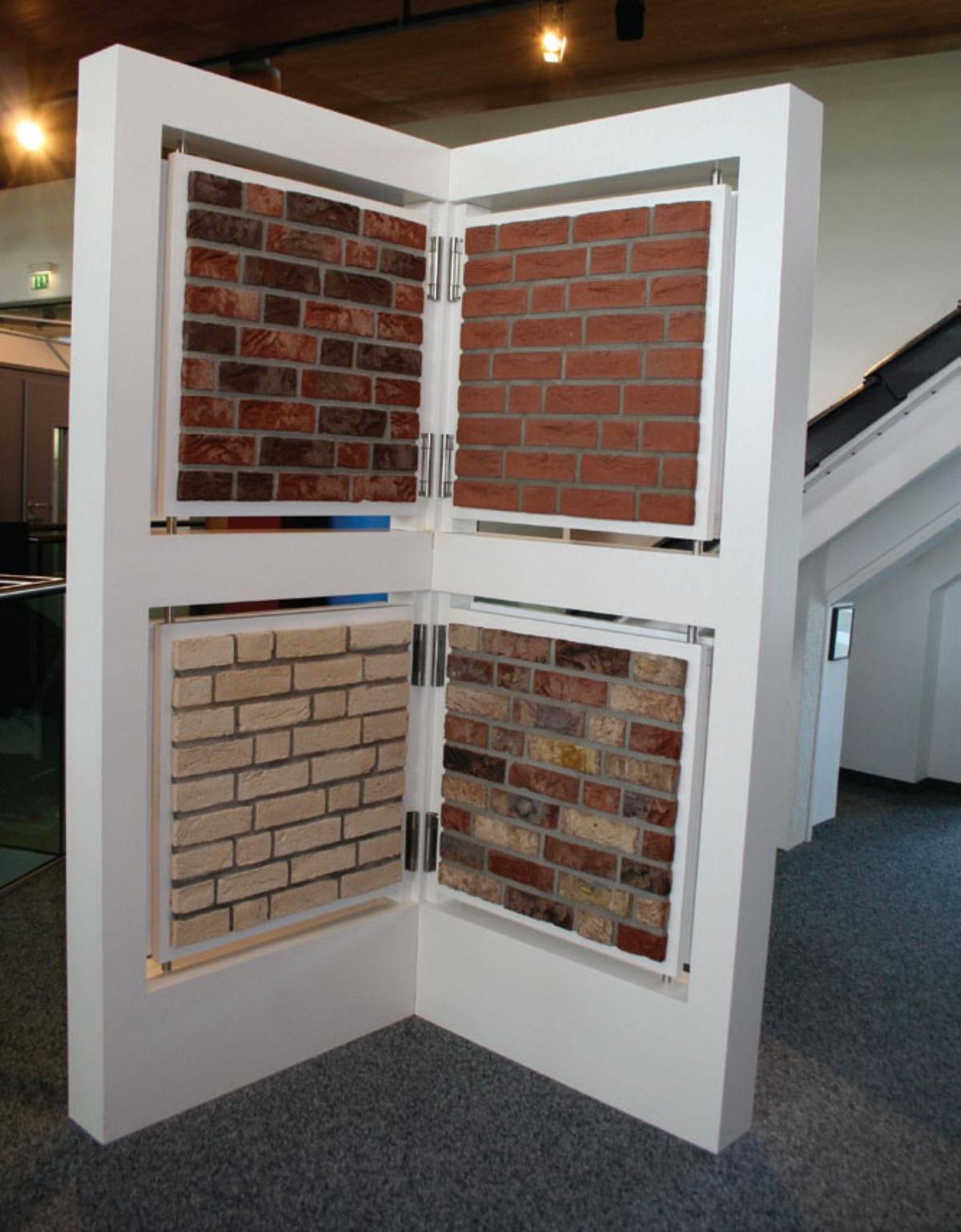
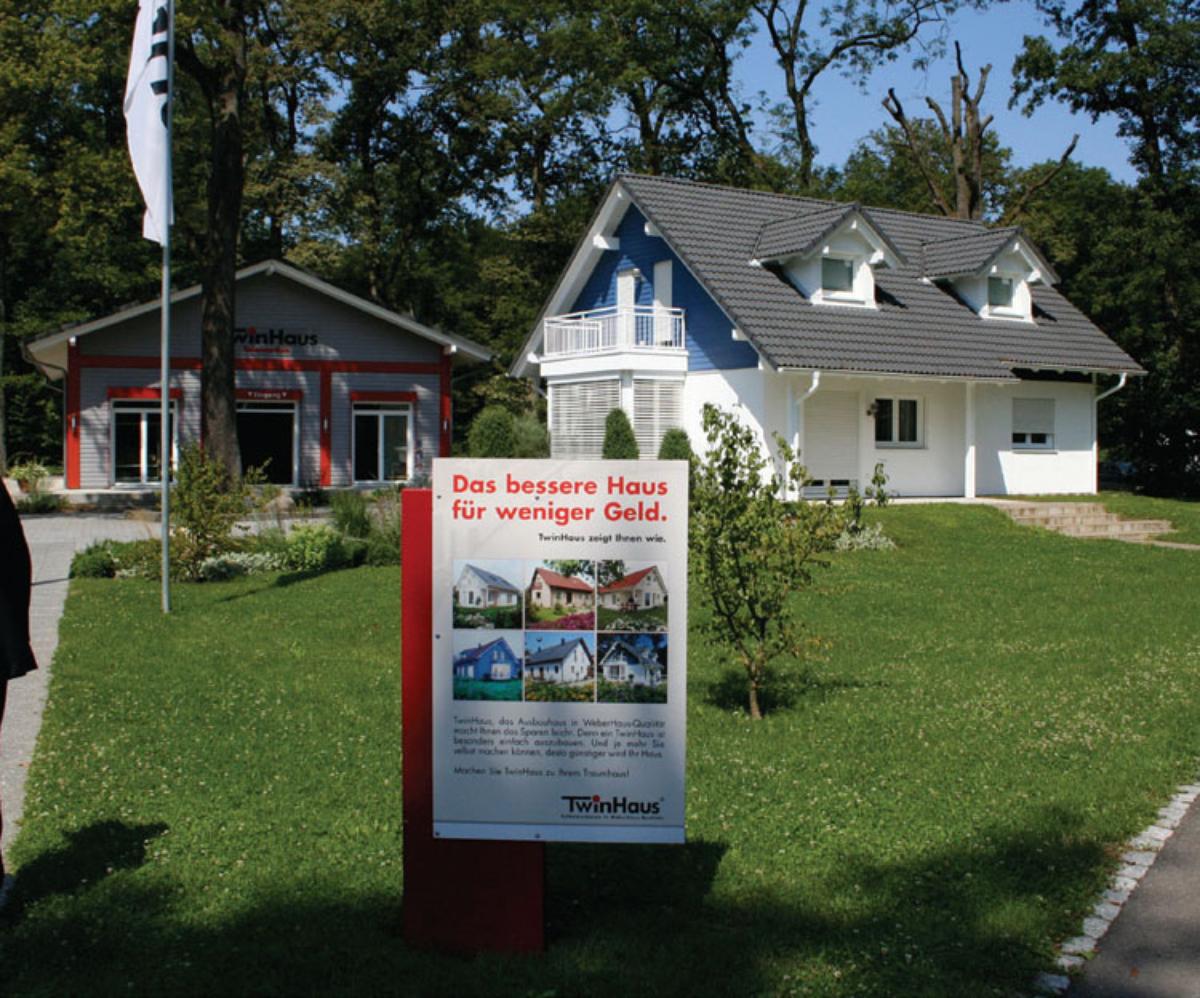
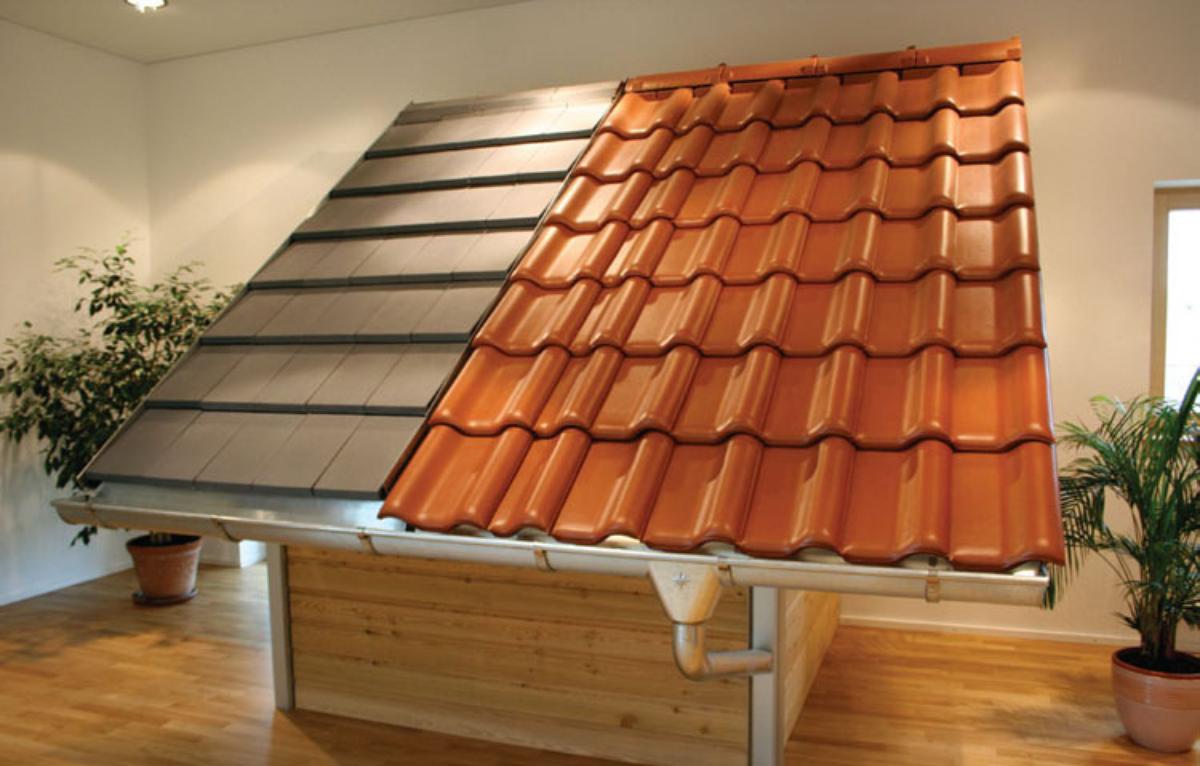
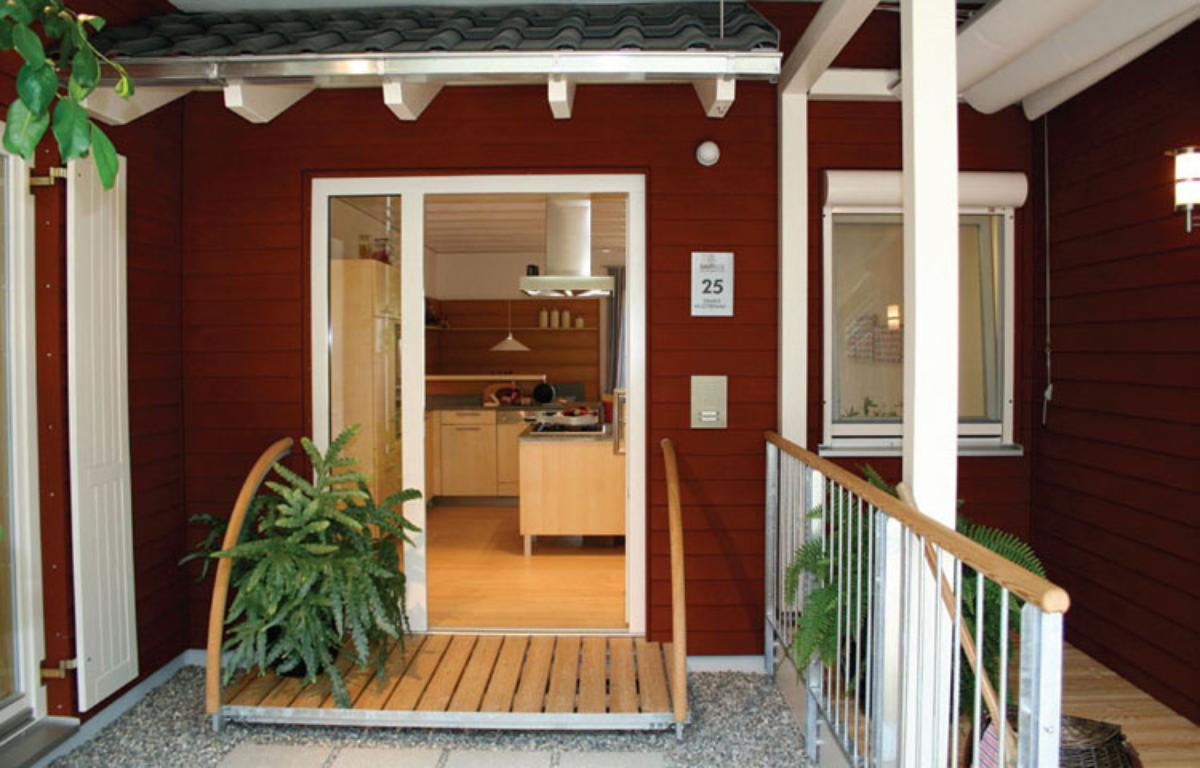
Self-build is the major form of house-building in Germany where companies like WeberHaus and Baufritz specialize in designing and building bespoke prefabricated homes. At their factories, customers can view demonstration houses and visit permanent exhibitions, where they can choose virtually every aspect of their new home from the interior design to details of roofing, guttering and even door and window handles.
What Do We Mean by a Brick House?
To the building trade, a traditional brick house means brick and block. In other words, it consists of an inner wall built with concrete blocks, which supports the floors and the roof, and an outer wall built from bricks. This supports the doors and windows, keeps out the wind and rain, and presents, hopefully, an attractive face to the world. The two walls are separated by a cavity, which prevents any moisture that penetrates the brickwork from reaching the interior. More recently, its also been used to accommodate insulation.
The blocks used in construction are essentially bricks made from cement mixed with water and aggregates. The aggregates can include sand, stone or pulverized fuel ash (PFA), a waste product from power stations. Blocks are cheaper than clay bricks and larger, the standard size being the equivalent of six bricks, making them quicker and easier to lay. They can also be used to build floors, a method known as beam and block ( see for details).

